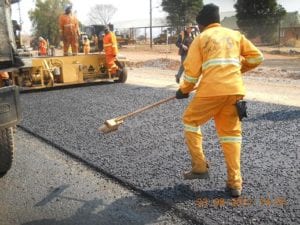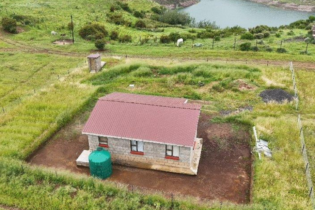
The City of Cape Town is spending approximately R34.5 million to upgrade a section of Sir Lowry’s Pass Village Road in Somerset West.
“The project is nearly halfway. Motorists driving past will notice the extensive road excavations on the eastbound-side where stormwater infrastructure is being installed. The layerworks for the new road are also progressing well,” notes Herron.
Once the eastbound carriageway is completed, the existing Sir Lowry’s Pass Village Road will be demolished and rebuilt from start to form the westbound carriageway. “Once completed, the section of Sir Lowry’s Pass Village Road between Hazelden Drive and Bizweni Road will be a dual carriageway – similar to the section between Main Road and Schapenberg Road. “We are also constructing sidewalks along the eastbound and westbound carriageways as there are currently no pedestrian facilities along this popular route to the Van der Stel railway station. Furthermore, a cycle lane will be provided in the shoulder as well as streetlights along the median and traffic signals at the entrances to the new residential developments,” he concludes.






